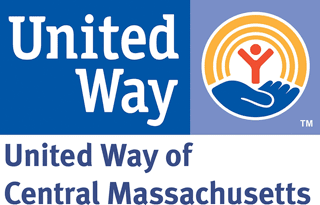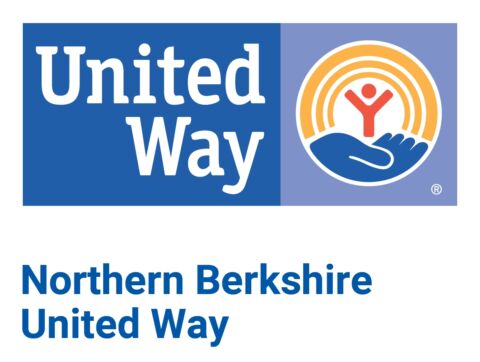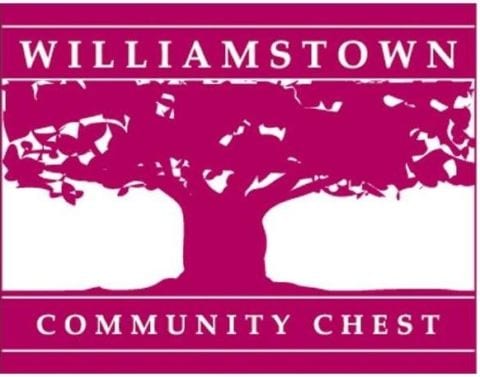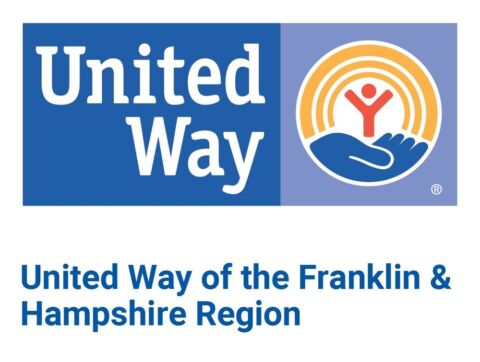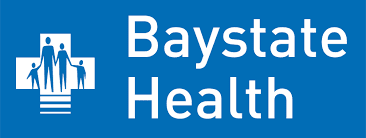
August 10, 2019
Proposed change in SNAP eligibility threatens access to healthy food for low-income households
BY
WORCESTER — The bright blue Mobile Farmers Market truck pulls into Laurel Street at the Plumley Village apartments and sets up a minimarket with fresh produce from local farms on Wednesday afternoons. It’s just one of 14 stops the truck, run by the Regional Environmental Council of Central Massachusetts, makes each week from June through October.
The mobile market brings affordable, healthy food to people who typically have the least access to it — low-income and working families, seniors and people with disabilities.
Access to healthy food may become more limited for people living just above the poverty level if a U.S. Department of Agriculture proposed rule change, published in the Federal Register July 24, goes through, REC and other anti-hunger advocates say.
An estimated 3.1 million people nationally, including 90,000 in Massachusetts, could lose their Supplemental Nutrition Assistance Program benefits under the proposed change. SNAP used to be known as food stamps.
The proposed rule would no longer allow households with gross income above 130% of the federal poverty level to receive SNAP, regardless of expenses for high-ticket items such as rent and child care.
It would change the way Massachusetts and many other states determine eligibility, under what’s known as broad-based categorical eligibility. The state generally includes households with income up to 200% of the poverty line, or $51,500 a year for a family of four.
The USDA believes these revisions would “create a clearer and more consistent nationwide policy” and “will maintain categorical eligibility’s dual purpose of streamlining administration while ensuring that SNAP benefits are targeted to the appropriate households,” according to information in the Federal Register.
The department estimates the net reduction in federal spending associated with the proposed rule would be approximately $9.4 billion over five years.
Most of the REC’s mobile market’s customers, such as Kim Raya of Worcester, receive SNAP benefits.
Ms. Raya, 41, and her daughter Viviana, 7, were picking out jalapeño peppers, corn on the cob and other vegetables at the Plumley Village market last week, admiring the bounty.
“It’s so much fresher and tastes better, and it’s helping local farmers and the environment,” Ms. Raya said.
Viviana said she liked cucumbers best, especially when dipped in ranch dressing.
Ms. Raya, her husband and two children live near Elm Park, and she visits several of the farmers markets to keep fresh fruits and vegetables on the table.
Both Ms. Raya and her husband work, she as a banquet server at the DCU Center and her husband as a chef. Their combined income qualifies them now for $20-a-month SNAP benefits, although their future eligibility could be in doubt under the proposed change.
SNAP eligibility also triggers access to additional food benefits. In Massachusetts, the state-funded Healthy Incentives Program makes fresh local food more affordable. For each dollar spent at a farmers market, farm stand, mobile market or community-supported agriculture farm share program, a dollar match is added to the customer’s SNAP balance, up to a cap based on household size.
The Rayas, a family of four, receive up to $60 a month in HIP benefits on top of their SNAP allowance, if they spend that much at participating fresh produce markets.
With the combination of SNAP and Healthy Incentives, Ms. Raya said, “Some of our fruits and vegetables are free every month, which is great.”
SNAP eligibility also means children automatically qualify for free school lunches, stretching food benefits even further.
Ms. Raya said she agreed with policies encouraging SNAP recipients to work, but cutting benefits would be a hardship. Even in a two-income working family, she said, they’re barely making ends meet.
“They’re cutting it close for some of us,” she said. “It’s just not fair.”
“The people who will be affected most are working families,” said Gina Plata-Nino, a staff attorney who manages the Food Security Project at Central West Justice Center.
She said if recipients work and their pay increases by a small amount, but it’s enough to bring them over 130% of the federal poverty level, they’ll lose SNAP, HIP and free school lunches.
“The extra income would disappear overnight,” she said. “Every bit counts when you are barely making money.”
Ms. Plata-Nino said the proposed change would exacerbate Worcester’s homelessness problem, because it would be harder for people to save money, including first and last months’ rent and security deposits, for an apartment.
And it would be more cumbersome for agencies to screen SNAP applicants’ income and assets than under the current broad-based categorical eligibility program.
The proposed rule was rejected by Congress in the 2018 Farm Bill, she said. “Now they’re trying to circumvent that with administrative rule-making.”
The Central Mass. SNAP Coalition, which is co-chaired by Central West Justice Center and the Worcester County Food Bank, is hosting a “comment party” from 4:30 to 7 p.m. Aug. 21 at Nu Kitchen, 335 Chandler St., to guide people in the process of submitting comments about the proposed rule.
The draft of the proposed rule, Revision of Categorical Eligibility in the Supplemental Nutrition Assistance Program, and an opportunity to comment online can be found at federalregister.gov.
The comment period ends Sept. 23.
Jean G. McMurray, executive director of the Worcester County Food Bank, said the proposed rule would put children’s health and learning at risk by reducing access not only to healthy food at home but also free school meals.
Working families with children, older adults, people with disabilities and veterans would face increased food insecurity and turn more to local food pantries to fill the gap created by the loss of SNAP benefits, she said.
Worcester County Food Bank distributes fresh food year-round to its network of 118 food pantries and community meal programs that provide it at no cost to local individuals and families.
The impact of SNAP cuts would ripple through the economy, harming grocery retailers and agricultural producers by reducing the amount of SNAP dollars available to buy food, Ms. McMurray added. According to Moody Analytics, she said every $1 spent in SNAP generates $1.71 in economic activity.
Grace Sliwoski, director of programs at REC, is keenly aware of the importance of SNAP to making fresh healthy food accessible.
In conversations with Mobile Farmers Market customers last winter, she said their stories were varied but the common current was health.
An older adult from the Vietnamese community said the program was essential to her health. With the help of SNAP and HIP benefits, the woman, who has hypertension, was able to shift her diet to include more fresh fruits and vegetables. Since then, she hadn’t gone to the hospital emergency room in a year, unlike before.
Another customer, a mother of a 2-year-old, said the program allowed her to expose her children to a variety of healthy food. She even got her son to try squash and kale curry, Ms. Sliwoski said.
“It’s not a big gap in education” about how to eat healthy, Ms. Sliwoski said. “It’s a gap in resources.”
She said the mobile markets, as well as the REC’s two standing markets at University Park and Beaver Brook Park, have been well-received. The truck makes scheduled stops at affordable housing complexes, elderly housing and several community sites.
Ms. Sliwoski fears the proposed SNAP rule change will decrease food access and impact public health.
“SNAP is not fully meeting the food needs of communities it serves,” she said. “It’s very concerning. It’s a short-sighted view of resources.”
The REC has been working with farmers markets since 2008, beginning in the Main South neighborhood, but its Mobile Farmers Market launched in 2012 with funding from Harvard Pilgrim Health Care Foundation.
Harvard Pilgrim is still its largest private funder, according to Ms. Sliwoski. The foundation has awarded the REC more than $200,000 since 2012.
Karen Voci, president of Harvard Pilgrim Health Care Foundation, said reports from the Institute of Medicine and the U.S. Centers for Disease Control and Prevention a decade ago showed that “it was pretty clear— more fresh food in the diet led to less chronic disease.”
Over the last three years, Harvard Pilgrim Health Care Foundation, through its Healthy Food Fund, has helped to distribute 4.6 million pounds of healthy food and to increase access to fresh, affordable produce for low-income families across New England, according to a foundation report.
The foundation tried a variety of strategies to improve access to fresh food, including supporting urban agriculture, backyard gardening and CSA programs, Ms. Voci said.
What they learned, she said, was that “low-income families often lead complicated lives without a lot of transportation.”
The foundation embraced the mobile market model after visiting one in a converted school bus in Troy, New York.
“We really push the model because it gets the food to the people who need it,” said Ms. Voci.
Although long-term health impacts haven’t been measured from mobile markets they support, she said foundation staff have visited the sites and talked to customers. They’re seeing a high percentage of repeat customers and “they’re talking about how they’re feeling better.”
Ms. Voci said the proposed SNAP rule change “definitely threatens” the public-private partnership of SNAP, HIP and farmers markets, and will take money out of local farmers and the economy.
“Eventually, those costs come home to roost,” she said. She was hopeful that states would pick up pieces that might be cut.
Ms. Voci praised the staff and leadership of the REC, whom she called “food justice warriors.”
“They’re doing more than just feeding people. They’re building community,” she said.
“They’re the best of who we are.”








